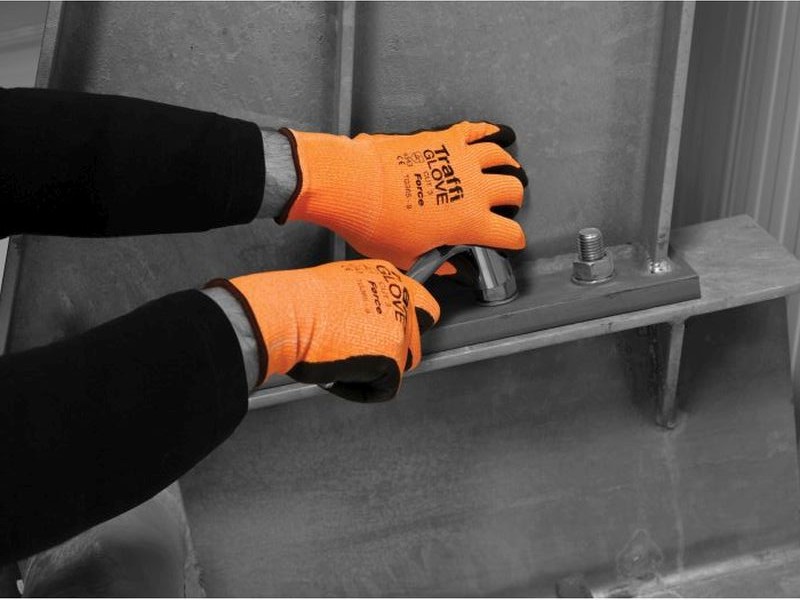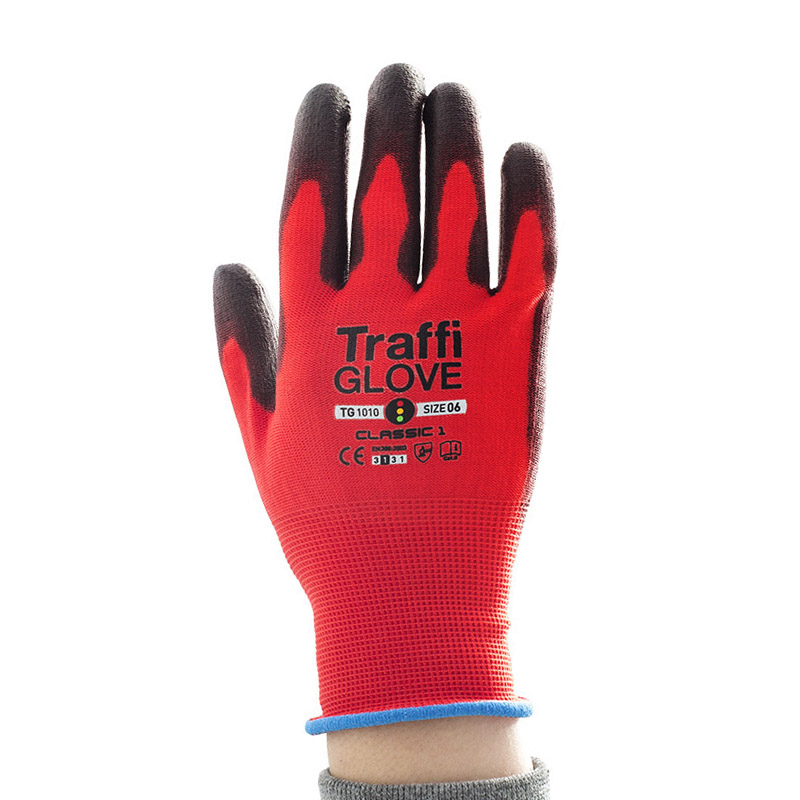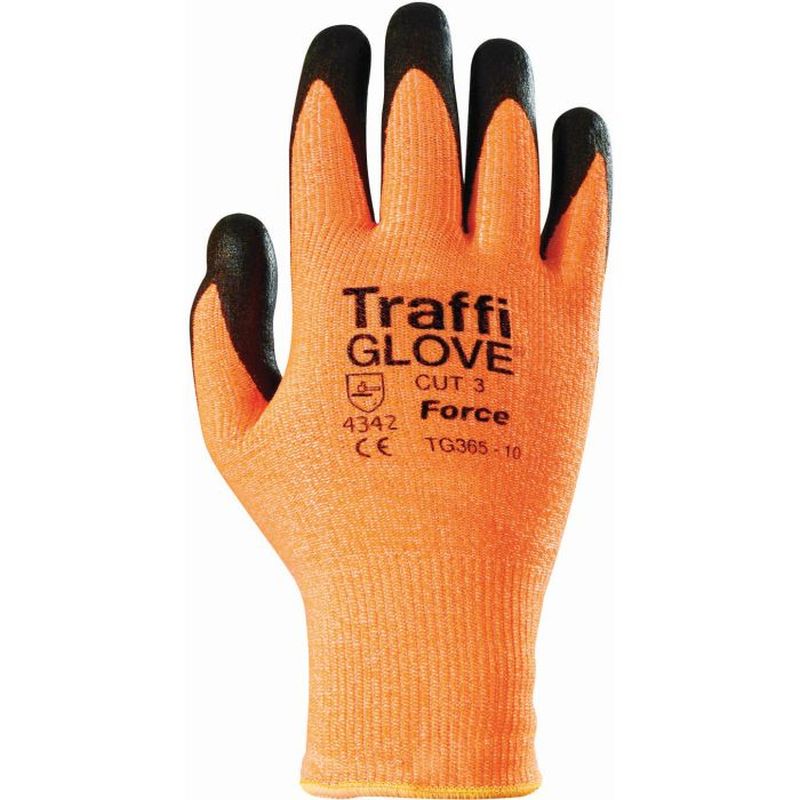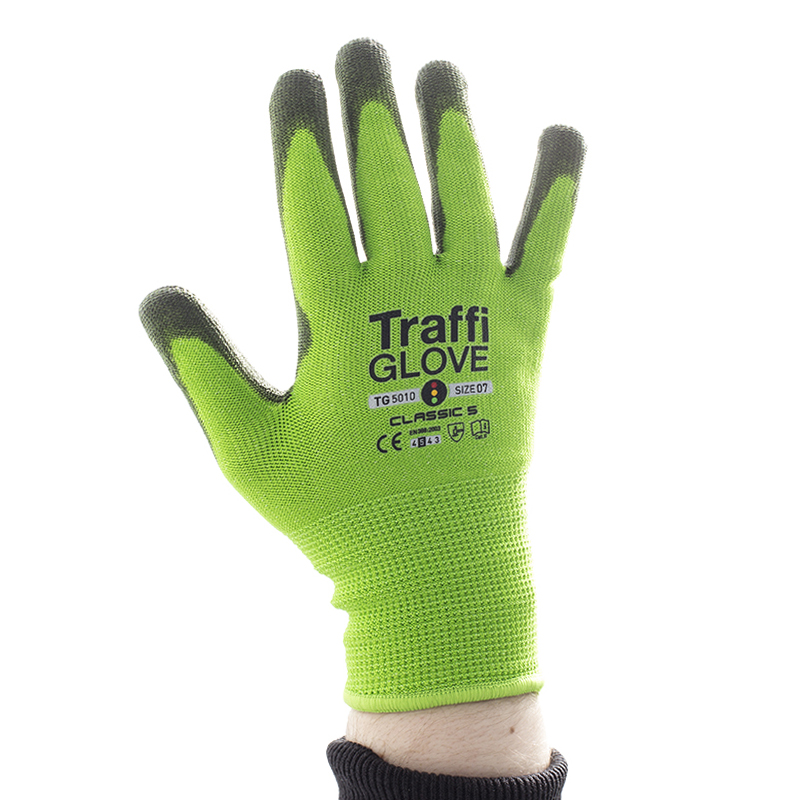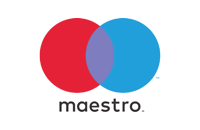| The TraffiSafe System Explained29 May 2020 TraffiGlove designed the TraffiSafe system to make selecting the right pair of gloves easier than ever. Mimicking the colours of a traffic light, each of their cut resistant gloves comes in either a red, green or amber colour. These colours correspond to a different tier of cut resistance, so you can see which gloves offer the right amount of protection at a glance.
The original TraffiSafe system was updated in 2016 to reflect the changes in EN 388 cut resistant standards, so there may be some confusion surrounding exactly what each colour means. Many TraffiGloves on the market still adhere to the old system, so it's definitely worth being aware of both. In this article, we'll be breaking down the TraffiSafe system as well as EN 388 cut resistance so you'll never have any trouble selecting the ideal TraffiGloves for your needs. The Old SystemCut resistance refers to the amount of protection against sharp material or blade slashing that a pair of gloves offers. The original EN 388:2003 standard measured cut resistance on a scale from 1-5, with 5 being the highest level of protection. During the test, a glove sample would be exposed to a continuous cycle of cutting and the number of cycles necessary to fully lacerate it would determine its cut resistance. In the old TraffiSafe system, Red would mean a glove had a lower level of cut resistance, Amber would represent a mid level and Green was reserved for gloves with top level cut resistance. These standards are outlined below:
The New TraffiSafe SystemIn the new EN 388 method of determining cut resistance, gloves are exposed to the ISO 13997 test. This involves applying a sharp blade to the glove with increasing levels of force (in Newtons) to see how long it takes for the material to sever. The amount of force, cut resistance levels and corresponding TraffiSystem colours are shown below:
What Level of Protection Do I Need?Depending on what kinds of risks you will be exposed to in a given environment can help you decide what level of protection you require. Following the current TraffiSafe system, Red gloves are suitable for settings where there is a low risk of cut-related injuries, Amber is needed for medium risk settings and Green is required for high risk situations. In addition to varying levels of cut resistance, each colour has its own unique benefits and is better suited to certain applications. RedTraffiGloves with this colour should not be used for tasks where there is a high risk of cuts or lacerations. As they have less protective material however, they are more flexible and dexterous than Amber or Green TraffiGloves, and so are perfect for jobs that require dexterity and tactile sensitivity. For example, they can be used for general handling and warehouse or assembly line work. If you're looking for a good pair of Red TraffiGloves, check out the TraffiGlove TG1010 Classic Cut Level 1 Safety Gloves. They're lightweight, flexible and highly abrasion resistant (meaning they protect against rough materials).
AmberAmber TraffiGloves represent a happy middle. They offer more cut resistance than Red gloves, but are also more dexterous than Green gloves. They shouldn't be used in environments where you will frequently encounter very sharp materials, but they can be used for slightly heavier weight tasks. For example, they can protect you from some slightly sharp edged objects in construction or electrical work. For a good pair of Amber TraffiGloves, we'd recommend the TraffiGlove TG365 Force Nitrile Coated Cut Level B Handling Gloves. As their colour suggests, they provide a decent level of cut resistance, as well as high abrasion resistance and a relatively comfortable fit.
GreenThese gloves offer the highest level of cut resistance out of all the TraffiGlove colours. They can be used for handling sharp materials like sheet metal or glass, however they may be a little less dexterous than the other glove colours. The TraffiGlove TG5010 Classic Cut Level D Safety Gloves are a good middleweight Green TraffiGlove. This means that they don't achieve the top level of EN 388:2016 cut resistance, but they do provide a high level of protection, as well as abrasion resistance and a snug, relatively dexterous fit.
But That's Not AllWhen you're shopping for a good pair of work gloves, cut resistance is certainly an important factor. However, protective gloves typically meet other EN 388 standards, including abrasion, tear and puncture resistance. It's best you have a look at all of these levels when choosing your gloves to make sure you're properly protected. For more TraffiGloves or TraffiGloves with a higher cut resistance, browse our full range of TraffiGlove Gloves. |

